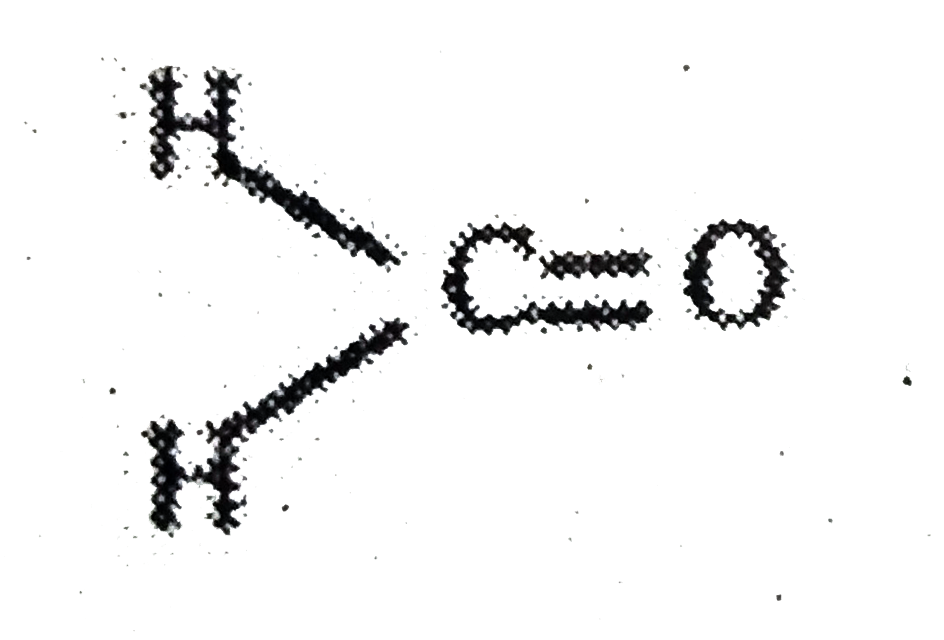Assertion: Alkanes containing more than three carbon atoms exhibit chain isomerism.
Reason: In an alkane, all carbon atoms are sp3 hybridised.
If both assertion and reason are true and reason is the correct explanation of assertion
If both assertion and reason are true but reason is not the correct explanation of assertion
If assertion is true but reason is false.
If both assertion and reason are false.
The correct Answer is:B
To analyze the assertion and reason provided in the question, we can break it down step by step.
Step 1: Understand the Assertion
The assertion states that "Alkanes containing more than three carbon atoms exhibit chain isomerism."
Explanation:
- Chain isomerism occurs when compounds have the same molecular formula but different arrangements of carbon atoms in a chain.
- For alkanes, which are saturated hydrocarbons, this type of isomerism becomes possible when there are enough carbon atoms to allow for branching.
- Alkanes with four or more carbon atoms can have different structural forms (isomers) due to the ability to branch off the main carbon chain.
Step 2: Understand the Reason
The reason states that "In an alkane, all carbon atoms are sp³ hybridized."
Explanation:
- In alkanes, each carbon atom forms four single bonds (sigma bonds) with other atoms (either carbon or hydrogen).
- This bonding arrangement requires sp³ hybridization, where one s orbital and three p orbitals mix to form four equivalent sp³ hybrid orbitals.
- This hybridization is characteristic of alkanes, as it allows for the tetrahedral geometry around each carbon atom.
Step 3: Evaluate the Relationship Between Assertion and Reason
- Both the assertion and the reason are true statements.
- However, the reason does not explain the assertion. The fact that carbon atoms in alkanes are sp³ hybridized is a general characteristic of alkanes but does not directly relate to the occurrence of chain isomerism.
Conclusion
Based on the analysis:
- The assertion is true: Alkanes with more than three carbon atoms do exhibit chain isomerism.
- The reason is also true: All carbon atoms in alkanes are sp³ hybridized.
- However, the reason does not provide an explanation for the assertion.
Final Answer
Both the assertion and the reason are correct, but the reason does not explain the assertion. Therefore, the correct option is:
B: Both assertion and reason are correct, but reason does not explain the assertion.
---
The assertion states that "Alkanes containing more than three carbon atoms exhibit chain isomerism."
- Chain isomerism occurs when compounds have the same molecular formula but different arrangements of carbon atoms in a chain.
- For alkanes, which are saturated hydrocarbons, this type of isomerism becomes possible when there are enough carbon atoms to allow for branching.
- Alkanes with four or more carbon atoms can have different structural forms (isomers) due to the ability to branch off the main carbon chain.
The reason states that "In an alkane, all carbon atoms are sp³ hybridized."
- In alkanes, each carbon atom forms four single bonds (sigma bonds) with other atoms (either carbon or hydrogen).
- This bonding arrangement requires sp³ hybridization, where one s orbital and three p orbitals mix to form four equivalent sp³ hybrid orbitals.
- This hybridization is characteristic of alkanes, as it allows for the tetrahedral geometry around each carbon atom.
- Both the assertion and the reason are true statements.
- However, the reason does not explain the assertion. The fact that carbon atoms in alkanes are sp³ hybridized is a general characteristic of alkanes but does not directly relate to the occurrence of chain isomerism.
Based on the analysis:
- The assertion is true: Alkanes with more than three carbon atoms do exhibit chain isomerism.
- The reason is also true: All carbon atoms in alkanes are sp³ hybridized.
- However, the reason does not provide an explanation for the assertion.
Both the assertion and the reason are correct, but the reason does not explain the assertion. Therefore, the correct option is:
B: Both assertion and reason are correct, but reason does not explain the assertion.
Topper's Solved these Questions
- ORGANIC CHEMISTRY-SOME BASIC PRINCIPLES AND TECHNIQUES BOOK - NCERT FINGERTPS ENGLISHCHAPTER - ORGANIC CHEMISTRY-SOME BASIC PRINCIPLES AND TECHNIQUES EXERCISE - Tetravalence Of Carbon : Shape Of Organic Compounds
5 Videos
- ORGANIC CHEMISTRY-SOME BASIC PRINCIPLES AND TECHNIQUES BOOK - NCERT FINGERTPS ENGLISHCHAPTER - ORGANIC CHEMISTRY-SOME BASIC PRINCIPLES AND TECHNIQUES EXERCISE - Nomenclature Of Organic Compounds
12 Videos
- ORGANIC CHEMISTRY-SOME BASIC PRINCIPLES AND TECHNIQUES BOOK - NCERT FINGERTPS ENGLISHCHAPTER - ORGANIC CHEMISTRY-SOME BASIC PRINCIPLES AND TECHNIQUES EXERCISE - Exemplar Problems
12 Videos
- HYDROGEN BOOK - NCERT FINGERTPS ENGLISHCHAPTER - HYDROGEN EXERCISE - Assertion And Reason
15 Videos
- PRACTICE PAPER 1BOOK - NCERT FINGERTPS ENGLISHCHAPTER - PRACTICE PAPER 1EXERCISE - Practice Paper 1
44 Videos
Similar Questions
Knowledge Check
The isomeric alcohol which has a chiral carbon atom is:
An-butyl alcoholBiso-butyl alcoholCsec-butyl alcoholDtert-butyl alcohol
In an sp-hybridized carbon atom,
View SolutionThe central carbon in a free radical is sp3 hybridised.
View SolutionThe isomeric alcohol which has a chiral carbon atom is :
View SolutionAssertion:In formaldehyde, all the four atoms are in the same plane

Reason:The carbon atom in formaldehyde is sp3 hybridized
View SolutionHeptane contains .............carbon atoms in chain
View SolutionWhich molecules have sp3 carbon atoms :
View SolutionAlkanes containing even number of carbon atoms possess higher melting points than those containing odd number of carbon atoms.
View Solution
